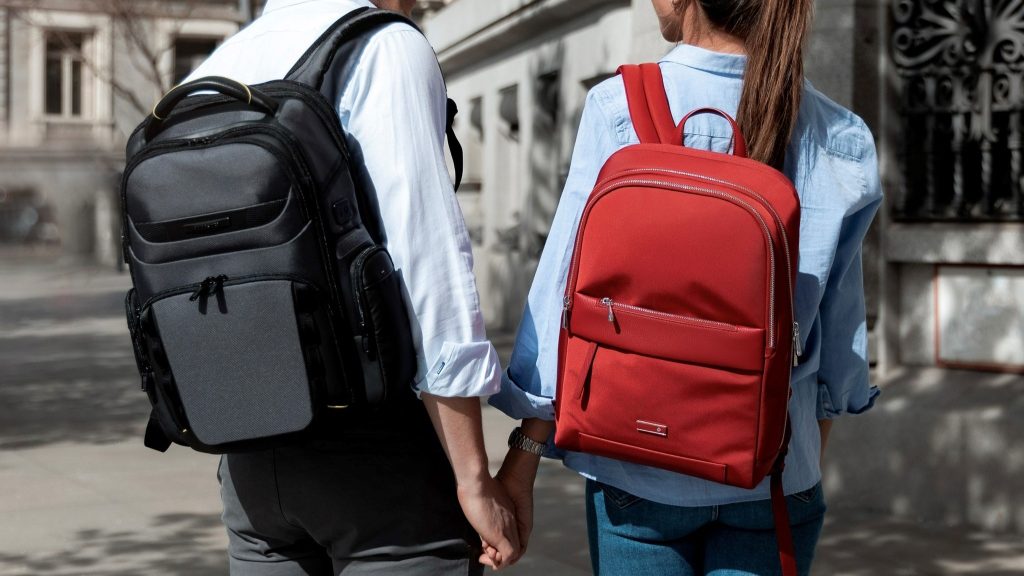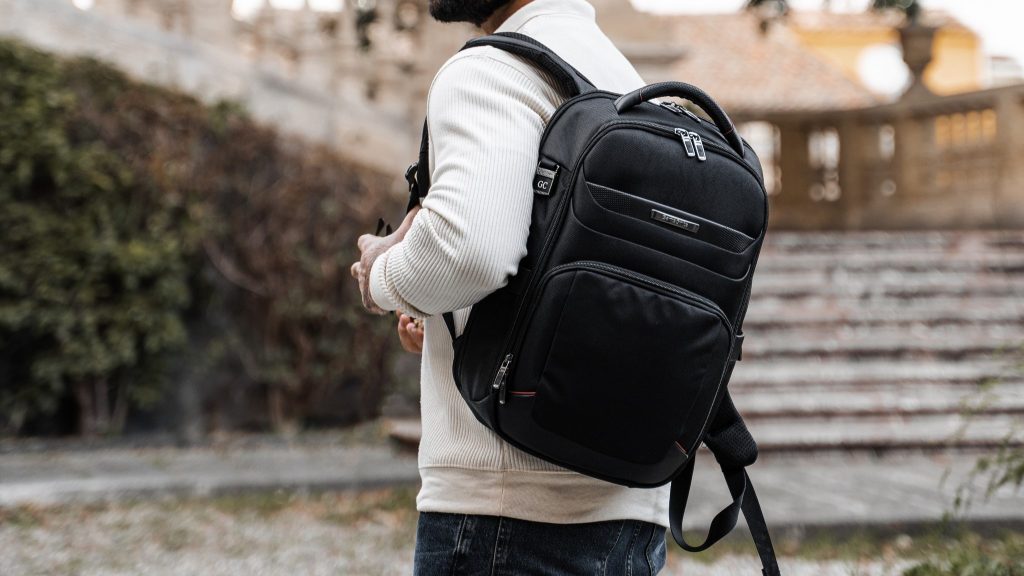Backpack Buying Guide: How Important Is Material Selection?
While backpacks were mainly used by high schoolers, nowadays you can see more and more adults on the street wearing one. Why are backpacks so popular today? The main reason for this is their incredible versatility and convenience.
Backpacks offer comfortable and spacious storage and also happen to be stylish and appealing. Nowadays, they’re the go-to type of bag for students, outdoor enthusiasts, travellers or simply for all those who need to carry more than their most essential belongings in their bags. And even though women rely on handbags for their daily essentials, many of them prefer the convenience of carrying a backpack.
Types of Materials

Today’s backpacks are everything but boring. They come in a variety of styles, colours, designs, sizes and materials to meet different customers’ needs. So, when looking for stylish and practical backpacks buy one that meets your daily goals and needs. If you plan to carry a laptop or tablet in it, look for one made from sturdy material, durable enough to withstand daily wear and tear.
Polyester
Polyester is one of the most common materials used for bags and backpacks. It’s durable and long-lasting and has a natural resistance to wrinkles and creasing. Polyester thread is quite light and thin which allows manufacturers to create a pretty tight weave which increases its durability even more.
Another thing that makes this synthetic material one-of-a-kind is its UV resistance and ability to keep its colour in the same condition. Plus, polyester can dry pretty fast, and if coated with a waterproof coating you can have peace of mind that all of your belongings will stay safe and sound regardless of the weather conditions. Unlike some natural fibres, this one allows for being dyed easily with the help of different dying methods which explains its huge range of colours and designs.
Nylon
Nylon is yet another plastic-based type of material that is quite popular. Nylon thread allows for being woven in numerous ways to create different weaves. It’s a pretty durable and abrasion-resistant material that also happens to withstand temperature changes.
Nylon is also a water and mould-resistant material that’s lightweight, making it perfect for being used for packsack production. The only thing that makes it different from polyester is its lack of UV and stain resistance which can lead to faster wear and tear.
Cotton and Cotton/Polyester Blends

Cotton is one of the oldest types of materials that was used literally for everything from clothes and underwear to making bags and shoes. Even though it’s considered one of the most durable natural materials, it isn’t the best option for bags because it isn’t water resistant.
Many backpack manufacturers use cotton polyester blends as a more durable and lighter version than cotton. Having polyester in its composition means that bags are more resistant to wear and tear.
UHMWPE (Ultra High Molecular – Weight Polyethylene)
While this material has been present on the market since the ’50s, it was during the last couple of decades that it has been used for the purpose. This material is mainly created for military, medical and industrial purposes because of its superior durability and quality. Even though it’s super lightweight, this is a tough, waterproof and UV-resistant material.
Leather and Faux Leather
Backpacks made from leather and faux leather are very common. The former is a natural material that is super soft yet strong and long-lasting. It looks extremely luxurious which makes it the most common choice by men who work in office and don’t won’t to spoil their business and business casual style. When taking good care of it, leather can last a lifetime.
In case you don’t want to invest in genuine leather, you can always opt for faux leather backpacks which look and feel the same as real leather. This leather is made from plastic and some natural materials like pineapple peel or apple skin which makes it less durable than real leather. Even though faux leather is less durable than real leather, some people are willing to pay more and change their backpacks more often instead of wearing something that was obtained from livestock.
How Can You Make Some Materials Waterproof?

While some of the aforementioned materials dry pretty fast and can keep all of your belongings dry, others need additional treatment to stay waterproof. You have two choices to have waterproof backpacks: choose one that is already waterproofed by the manufacturer itself, or treat the backpack yourself with a special waterproof spray.
Waterproofing a backpack on your own is pretty simple and the whole procedure is pretty straightforward. The thing you shouldn’t forget though is that when in search of backpacks buy one that is tear, wear and UV resistant.



